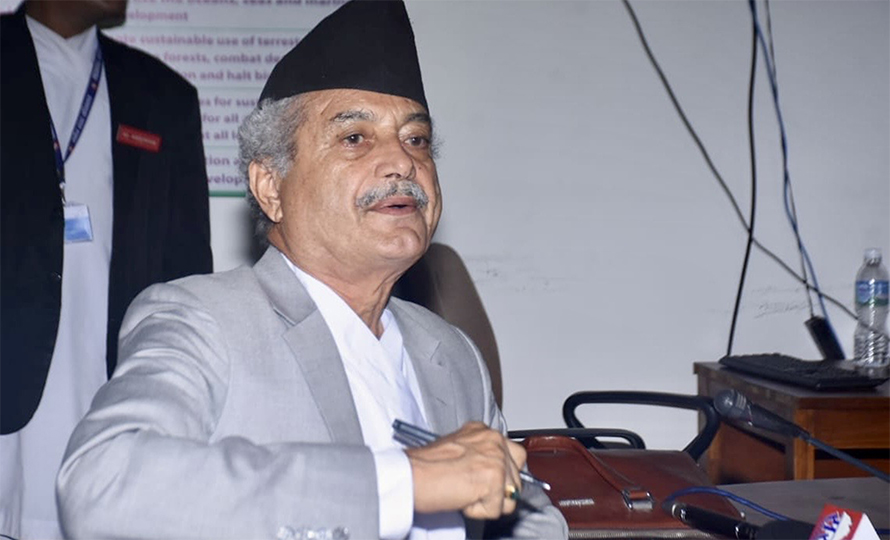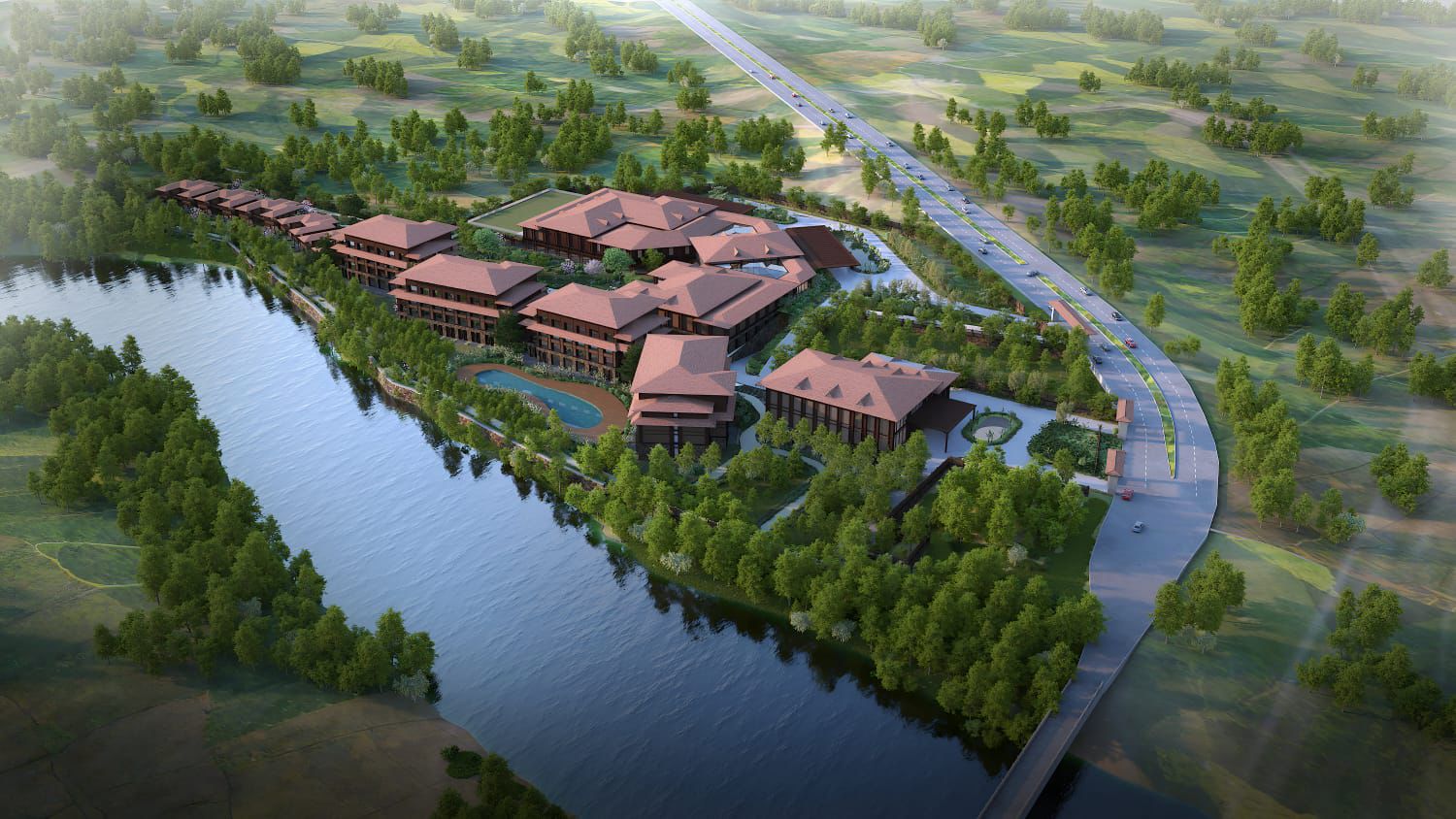
Nepal, a land of breathtaking landscapes and rich cultural heritage, stands on the brink of an economic transformation. With over one million tourists visiting in 2023—a remarkable 44.9 per cent increase from the previous year—the country’s potential in tourism, agriculture, and hydropower is undeniable.
By harnessing these key sectors, Nepal can pave the way for sustainable economic development and prosperity.
Tourism sector: A pillar of economic growth
Tourism is a cornerstone of Nepal’s economy, contributing significantly to GDP and employment. In 2023, tourism generated approximately Rs 240 billion, showcasing its vital role. To sustain this growth, the government has allocated Rs 12 billion in the 2024/25 budget for tourism. Recent initiatives, such as the expansion of Tribhuvan International Airport and the development of regional airports like Gautam Buddha International Airport, have enhanced accessibility for international tourists. Improving transportation networks and offering training programs in hospitality are crucial for further enhancing the tourist experience.
The Nepal Academy of Tourism and Hotel Management (NATHM) plays a pivotal role in providing quality training and ensuring high standards in service delivery. By investing in infrastructure, marketing Nepal’s unique attractions, and promoting sustainable tourism practices, the country can attract even more visitors. Key areas of focus include eco-tourism, adventure tourism, and cultural tourism, each offering unique experiences that cater to diverse tourist interests.
Nepal’s rich cultural heritage, including UNESCO World Heritage Sites like the Kathmandu Valley, the birthplace of Buddha in Lumbini, and the vibrant festivals celebrated throughout the year, are major draws for tourists. Adventure tourism, including trekking, mountaineering, and white-water rafting, attracts thrill-seekers from around the world. Promoting these diverse attractions through strategic marketing campaigns can help boost visitor numbers and revenues.
Agriculture sector: The backbone of the rural economy

Agriculture employs 62 per cent of the population and contributed approximately 23.95 per cent to the GDP in 2023. The government has allocated Rs 57.29 billion for agriculture in the fiscal year 2024/25, reflecting its commitment to this sector. Key exports such as tea, coffee, cardamom, and ginger play a significant role in the rural economy.
Success stories from Ilam, where tea farmers have adopted organic farming techniques, demonstrate the transformative potential of sustainable agriculture.
By adopting modern technologies and sustainable practices such as crop diversification, organic farming, and efficient water management, Nepal can enhance food security, increase exports, and promote agro-based industries. Technological advancements, including improved seed varieties, mechanisation, and digital tools for market access, can revolutionise the sector.
Initiatives like the Agriculture Development Strategy (ADS) aim to modernise agriculture, improve productivity, and ensure food security. The introduction of agritourism, where tourists visit farms and learn about agricultural practices, can also provide an additional source of income for farmers. Promoting organic and fair-trade products in international markets can enhance the reputation of Nepali agricultural products and increase export revenues.
Hydropower potential: Driving economic growth

Hydropower is crucial for Nepal’s economic future, with an installed capacity of around 1400 MW contributing about 90 per cent of the country’s electricity. In the fiscal year 2022/23, hydropower generated approximately 4200 GWh of electricity. Nepal’s hydropower sector has also started exporting electricity to India, earning about NPR 3 billion in 2021/22. Major projects like the Upper Tamakoshi Hydropower Project, with a capacity of 456 MW, have boosted the national grid and provided local employment.
To maximise this potential, Nepal should negotiate power export agreements with neighbouring countries such as India and China. Implementing smart grid technology and ensuring sustainable development practices are also essential. Smart grid technology can enhance efficiency and reliability, while real-time monitoring systems can optimise power generation and distribution. Involving local communities in hydropower projects and protecting the environment are crucial for sustainable growth.
The government has allocated Rs. 50.74 billion for the development of the energy sector in the next fiscal year. Future projects like the Arun III and Upper Karnali hydropower projects are expected to further increase electricity generation capacity. By investing in infrastructure and streamlining regulatory processes, Nepal can attract foreign investment in the hydropower sector. Additionally, promoting private sector participation and public-private partnerships can accelerate the development of hydropower projects.
Future prospects and diversification
By harnessing its resources and fostering growth in key sectors, Nepal can achieve remarkable economic progress. Diversifying the economy by developing sectors such as information technology and education can further enhance growth. The IT sector, although currently contributing around 2.3 per cent to the GDP, holds immense growth potential.
Investments in technology parks and IT infrastructure, along with policies that promote innovation and entrepreneurship, can transform Nepal into a technology hub. Education and skill development are equally critical. The government has been focusing on improving access to quality education and vocational training to equip the youth with skills relevant to the job market. Initiatives such as the Technical Education and Vocational Training (TEVT) programmes have been instrumental in enhancing employability and productivity. By collaborating with international educational institutions and promoting research and development, Nepal can build a skilled workforce capable of driving innovation and economic growth.
The service sector, which includes tourism, trade, transport, and more, contributes significantly to Nepal’s GDP. In 2023, the service sector accounted for approximately 61.76 per cent of the GDP. Expanding services such as health care, financial services, and professional services can create new economic opportunities and improve the quality of life for Nepalese citizens. Investments in digital infrastructure and promoting e-governance can enhance the efficiency of public services and foster a more business-friendly environment.
With peace and harmony as our foundation, the possibilities for Nepal are truly limitless. Every Nepalese should recognise the potential within our borders. With increased awareness and collective effort, our nation can rise and achieve sustainable economic development. By focusing on our strengths and implementing strategic policies, Nepal can unlock its full potential and ensure a prosperous future for all its citizens.
The journey towards economic prosperity requires the collaboration of all stakeholders, including the government, private sector, and civil society. By prioritising sustainable development, investing in human capital, and embracing innovation, Nepal can build a resilient and diversified economy. As we move forward, let us be guided by a vision of inclusive growth and shared prosperity, ensuring that the benefits of development reach every corner of our beautiful country.
























